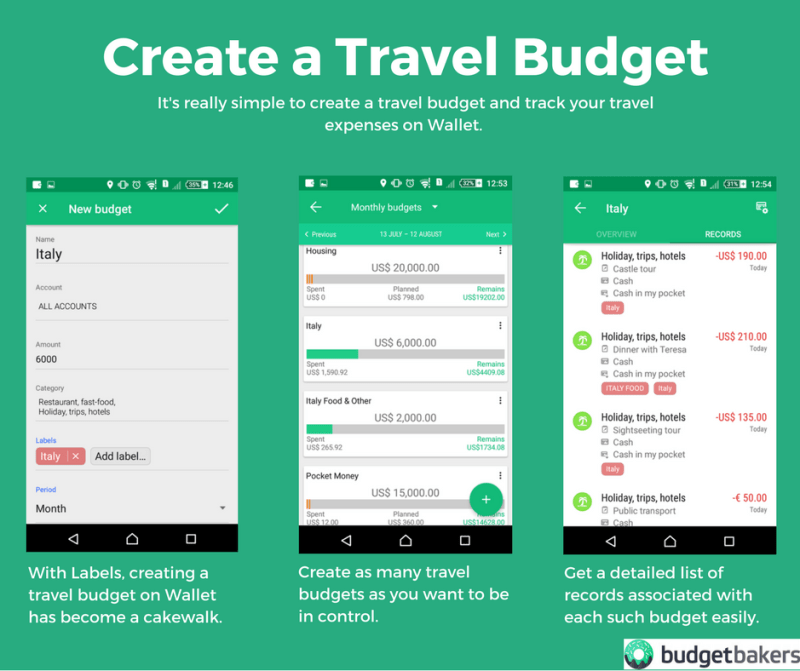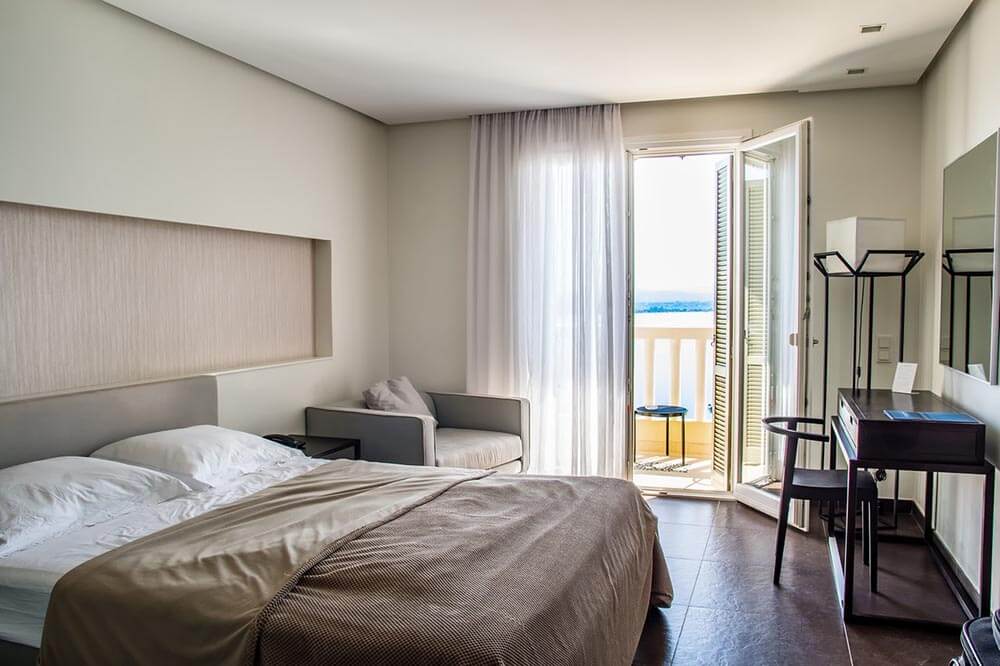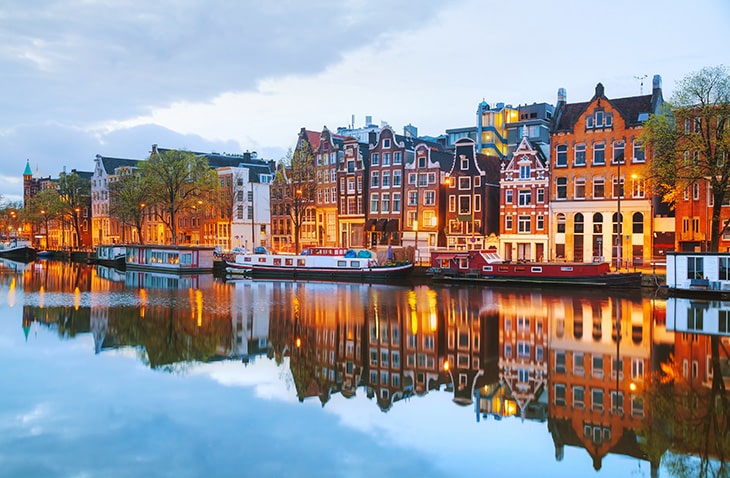Europe budget travel is possible with careful planning and smart spending. Many travelers think Europe is expensive, but there are ways to explore top cities, culture, and attractions without overspending. Below is a clear guide to help you plan, save, and enjoy the trip.
Set a Budget and Trip Goal

Start with a clear budget. Decide how much you can spend on flights, accommodation, food, and activities. Pick the countries you want to visit based on your budget. Western Europe is often pricier, while Eastern Europe usually offers lower travel expenses.
Cost-Friendly Regions in Europe
- Eastern Europe (Poland, Hungary, Romania)
- Balkans (Serbia, Croatia, Bosnia)
- Southern regions (Portugal, Greece outside peak season)
Choose the Right Time to Travel
Traveling during off-peak seasons leads to lower prices. Spring and fall often provide comfortable weather, smaller crowds, and cheaper flights and hotels. Avoid Christmas, New Year, and peak summer months in popular cities.
Book Flights Early and Compare Prices

Flights often take the biggest share of the budget. Book early and track price drops.
Tips for cheap flights
- Use comparison sites like Skyscanner or Google Flights
- Stay flexible with dates and airports
- Fly into cheaper hubs like Budapest, Lisbon, or Athens if your route allows
Look for nearby airports and low-cost carriers. Carry small luggage to avoid extra fees.
Pick Budget-Friendly Accommodation

Accommodation can vary widely by city. Options like hostels, budget hotels, and shared apartments offer value. Booking early gives lower prices. Many cities offer safe and clean hostels with private rooms at reasonable rates.
Cost-saving stays
- Hostels
- Guesthouses
- Budget hotels
- Short-term rentals
- University dorm rentals during summer in some countries
Use Public Transport
Europe has strong transportation networks. Trains, buses, and trams are usually cheaper than taxis. Buses often cost less than trains for long routes.
Transport ideas
- Budget bus services: FlixBus, BlaBlaCar Bus
- Rail deals: Eurail/Interrail passes (best for long rail routes)
- Metro and trams in major cities
Walk when possible. Many European cities are walkable, saving money and giving better local experiences.
Eat Smart and Skip Tourist Traps
Food can be costly near top attractions. Explore local bakeries, street food stalls, and small family-run restaurants. Markets and grocery stores help cut costs, especially for breakfast and snacks.
Tips
- Avoid restaurants close to famous landmarks
- Try lunch specials
- Cook in your accommodation if possible
- Carry reusable water bottle
Plan Free and Low-Cost Activities
Many European cities offer free walking tours, parks, historic streets, and viewpoints. Famous museums and attractions often have free entry days.
Activity ideas
- Free walking tours
- Public parks and riversides
- Historic neighborhoods and markets
- Free museum days
- Low-cost city passes for attractions and transport
Travel Light
Carry only what you need. Light packing saves on baggage fees and makes moving between cities easier. Pack versatile clothing and essential items only.
Use Local SIM and Free Wi-Fi
Buy a local SIM card or an eSIM for calls and data. Free Wi-Fi is available in many stations, cafés, and hotels.
Sample Daily Budget
(Varies by country and season)
- Accommodation: $15–$40 (hostel or budget stay)
- Food: $10–$25
- Local transport: $2–$10
- Activities: $0–$15
Daily cost can stay low with careful planning.
Suggested Budget Route Ideas
Low-Cost Routes
- Poland → Czech Republic → Hungary
- Portugal → Spain
- Greece → Bulgaria → Romania
Mixed Budget Routes
- Italy → Slovenia → Croatia
- France (small towns) → Switzerland (day trips from border towns) → Germany
Final Notes
Europe budget travel works best with planning and flexible choices. Focus on off-peak travel, smart accommodation options, and public transport. Use free activities and local food spots. With the right approach, you can explore iconic destinations without stretching your wallet.
FAQ
1. How can I cut flight costs for Europe budget travel?
Compare fares early, fly on flexible dates, and choose budget airlines or nearby airports.
2. Which countries in Europe are cheapest to visit?
Poland, Hungary, Romania, Bulgaria, Portugal (off-season), and Greece (off-season) offer lower daily expenses.
3. What is the best time for low-budget Europe travel?
Late spring and early autumn. Prices drop and crowds are smaller.
4. How much should I budget per day in Europe?
Rough estimate: $30–$60 per day in budget-friendly regions, depending on food and stay choices.
5. Can I travel Europe with a backpack only?
Yes. Light packing saves baggage fees and makes travel easier.
6. What are cheap transport options in Europe?
Buses like FlixBus, shared rides, and low-cost airlines for long routes. Local trams and metro inside cities.
7. Are hostels safe in Europe?
Yes, most are safe. Pick well-rated options, use lockers, and keep valuables secure.
8. How can I save money on food in Europe?
Eat at local bakeries, small diners, street food spots, and cook simple meals when staying in hostels or rentals.
9. Do I need travel insurance for a Europe trip?
Yes. It protects against medical issues, lost luggage, and cancellations. It’s often needed for visa applications.
10. How many cities should I visit on a budget trip?
Stick to 2–4 cities in one trip. Moving too much raises transport costs.


